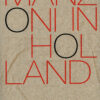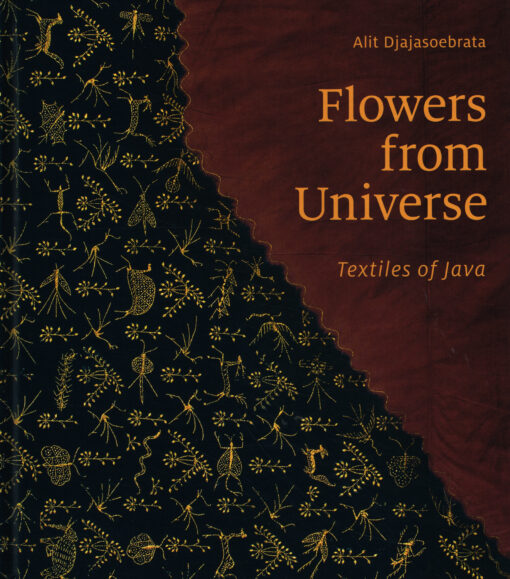Alit Djajasoebrata
Flowers from Universe
Textiles of Java
€ 34,50 Oorspronkelijke prijs was: € 34,50.€ 12,50Huidige prijs is: € 12,50.
ISBN: 9789460224478.
Bindwijze:
geb
Taal:
EN
Uitgever:
LM Publishers
Auteur:
Alit Djajasoebrata
Paginas:
208
Categorie: Kunst.
‘Flowers from Universe’ is based on the memories and associations of Alit Djajasoebrata, who grew up in a close-knit West Javanese family. She frequently came into contact with batik in the form of the highly prized batikked hipcloths, with which her female relatives indirectly expressed their personal attitudes to their surroundings, and distinguished themselves from other women. She learned to associate batik patterns and their colours with social occasions and individual moods and was fascinated by the way women spoke about them. The association of certain textiles with history, mythology and music in Java’s cultures proved to be natural and self-evident.
Gerelateerde producten
kunst
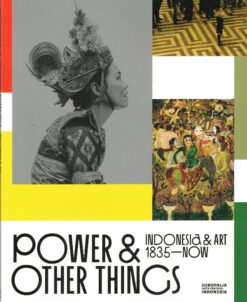
Power & Other Things
The project takes its name from the demand for the transfer of power and other things to the newly independent Indonesia in 1945. It travels through time, from European colonial occupation through the development of the republican state to the trans-national contemporary cultures of today. It looks at the various international exchanges that happened in the territories of contemporary Indonesia, through the images and ideas of artists. These exchanges were of different kinds: trade, culture, religion, ideology and war. They produced a variety of results: violence, oppression, racism, creativity, spiritual awakening, and other things. The ideologies and challenges of modernity are common ways in which Indonesia has been depicted by others and has defined itself over the period. As this modern period recedes into history, the project will seek ways to remember how it has influenced contemporary understanding and ask the current generation of artists to look back in order to rewrite the past and potentially create the conditions for a different future. The catalogue and the exhibition will follow a broad chronological narrative, allowing readers and visitors to learn more about how this huge archipelago has changed over the past two centuries and to observe how it has responded and adapted to influences originating from both inside and outside the islands. The influence of the imperial Dutch and Japanese occupations naturally form a significant element in the narrative of the exhibition as does the constant struggle for different forms of independence or equal treatment by the Javanese and other Indonesian cultures. The importance of Chinese and Arab influence on Indonesia's cultural history will also feature as the exhibition tries to look for alternative ways, alongside the post-colonial, for understanding the present. The presentations will include work made during the residencies as well as new commissions. Snoeckpap - 127 blz
kunst
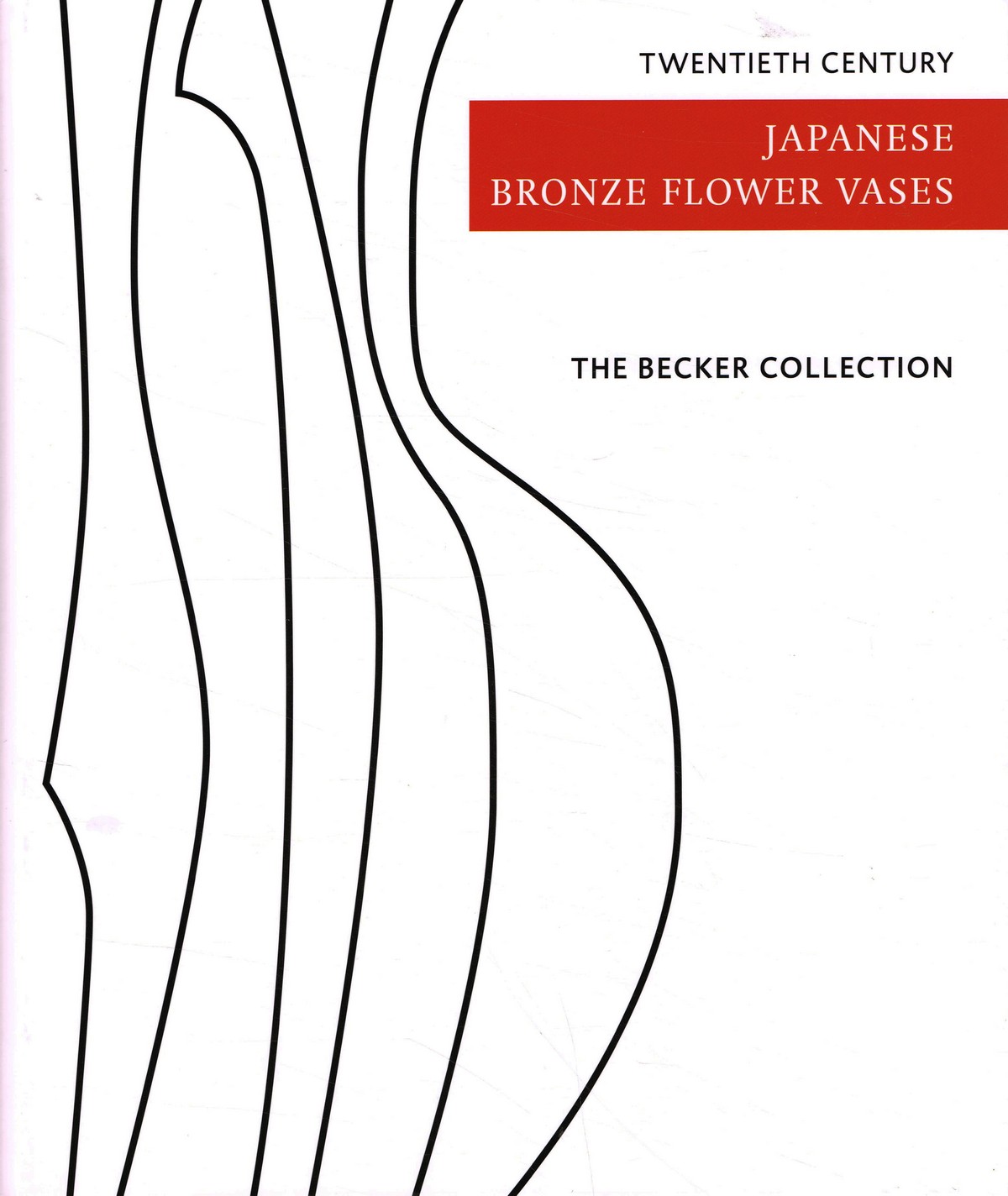
Ton & Mies Becker
Twentieth Century Japanese Bronze Flower Vases
'The Becker Collection - Twentieth century Japanese bronze flower vases' contains the private collection of twentieth century bronze flower vases compiled by Ton and Mies Becker, both retired medical specialists van collectors of Asian art. With the introduction of Buddhism in Japan in the sixth century, bronze containers for flowers to be placed on the altar became important religious objects. In the fifteenth century the Buddhist monk Senno Ikenobô founded the art of flower arranging, which started what nowadays is known as ikebana, the traditional Japanes way of floral art. Presently only the Ikenobô ikebana school still uses bronze flower vases, while all other ikebana schools use other materials like ceramics and bamboo. Following the Meije restauration (1868-1912) the Japanese art world was confronted with Western art styles, in particular the Art Deco movement. The twentieth century flower vases in this collection show a variety in shape and style, in part based on traditional Buddhist temple style vases and in part on the streamlined and geometrical style of the Art Deco movement, albeit often with a distinct 'Japanese touch'. A few introductory essays provide some background information about 'bronzes in Japanese culture', 'the patination of flower bronzes' and 'the tomobako (storage box)'. The catalogue of the vases is arranged according to the bronze worker and presented in alphabetical order in the traditional Japanese way, i.e. the family name first, followed by the given name. All vases are shown together with their tomobako -if available- and with their signature or seal. Brief biographical data are included once available. Van Spijkgeb - 168 blz
kunst
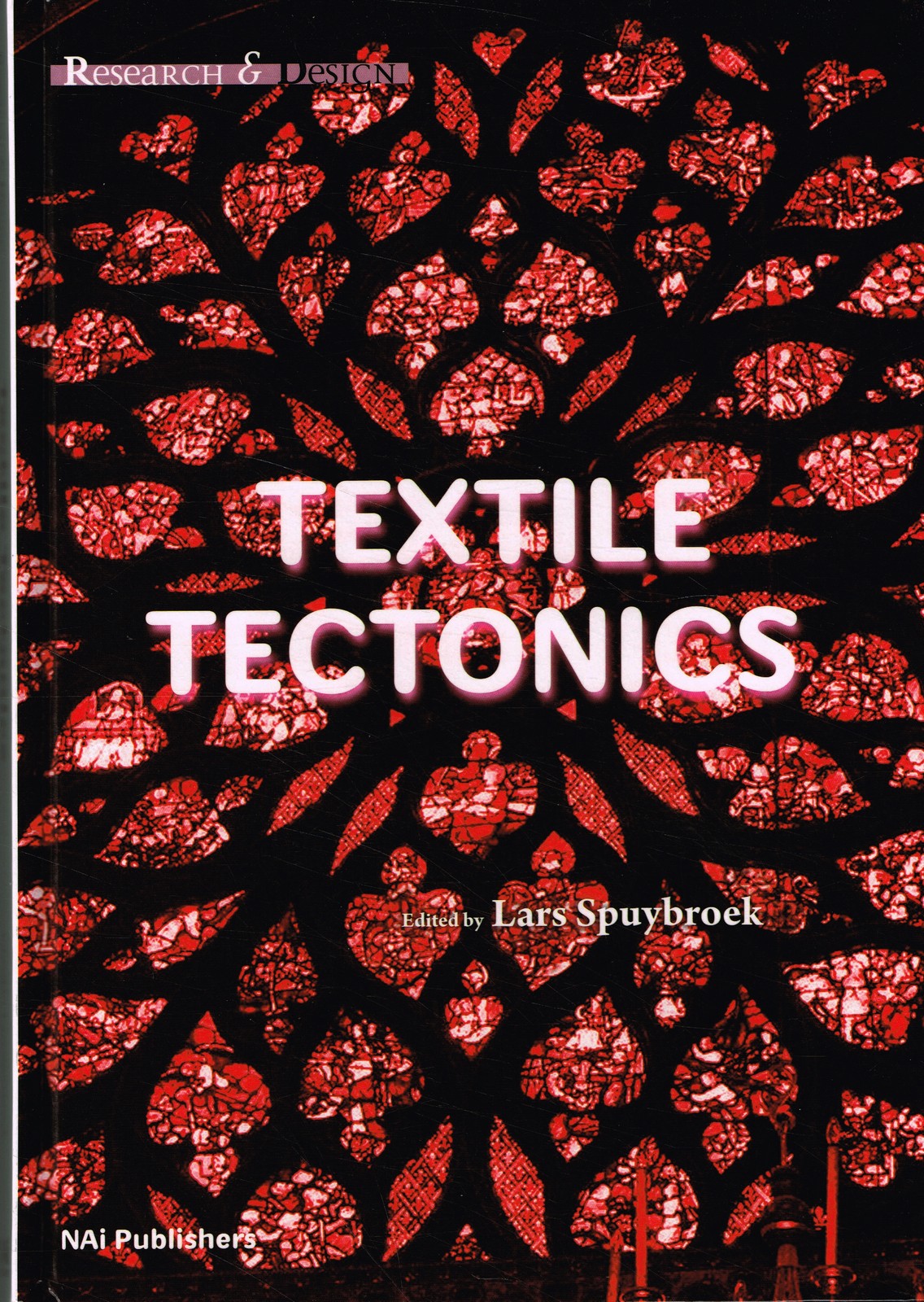
Lars Spuybroek
Textile Tectonics
'Textile Tectonics' laat zien hoe natuurlijke, ornamentele en folkloristische patronen digitaal kunnen worden uitgewerkt tot adembenemende, programmeerbare en daadwerkelijk te bouwen structuren - van bladnerven tot gotische roosvensters, van schuimformaties tot traditionele haarvlechtstijlen en van Keltisch knoopwerk tot breipatronen. Internationaal vermaard architect en onderzoeker Lars Spuybroek doet onderzoek naar de relatie tussen kunst, architectuur en informatietechnologie. Nadat standaardisatie en massaproductie de twintigste eeuw hebben bepaald, bieden hedendaagse digitale technieken ongekende nieuwe mogelijkheden. Textile Tectonics brengt dit nieuwe terrein in kaart. Spuybroek biedt een theoretisch kader en een uitgebreide taxonomie van patronen en structuren, gevolgd door meer dan honderd rijk geïllustreerde pagina's met ontwerpen voor wolkenkrabbers en gevels gebaseerd op organiserende principes uiteenlopend van roosvensters tot breiwerk. - Textile Tectonics shows how natural, ornamental and folkloric patterns can be digitally elaborated into breathtaking, programmable and actually buildable structures - from leaf veins to Gothic rose windows, from foam formations to traditional hair braiding styles and from Celtic knotwork to knitting patterns. Internationally renowned architect and researcher Lars Spuybroek conducts research into the relationship between art, architecture and information technology. After standardization and mass production defined the twentieth century, today's digital techniques offer unprecedented new possibilities. Textile Tectonics is mapping out this new terrain. Spuybroek offers a theoretical framework and an extensive taxonomy of patterns and structures, followed by more than a hundred richly illustrated pages with designs for skyscrapers and facades based on organizing principles ranging from rose windows to knitting. -Engelstalig boek nai010geb - 219 blz
kunst
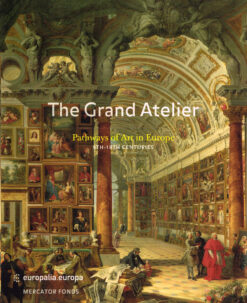
The Grand Atelier
Long before its emergence as a political entity, Europe was distinguished by its intense traffic in goods and people. We too often forget that the trade routes and other navigable highways were trafficked at a very early stage by artists, works of art and rich patrons desirous of satisfying their appetite for beauty. Well-known and lesser known works offer an insight into this "European space for art and ideas" which already existed at the dawn of the Middle Ages. With its remarkable and often spectacular works, 'The Grand Atelier' illustrates various facets and many forms of this artistic interaction. The work covers a long period in the history of art, from the fifth century – the fall of the Roman Empire in the west – to the eighteenth century – the birth of the first great museums; calling on 350 works from well over a hundred European collections. The texts in the catalogue stem from the pens of several European luminaries in the history of art. Mercatorfondspap - 335 blz
